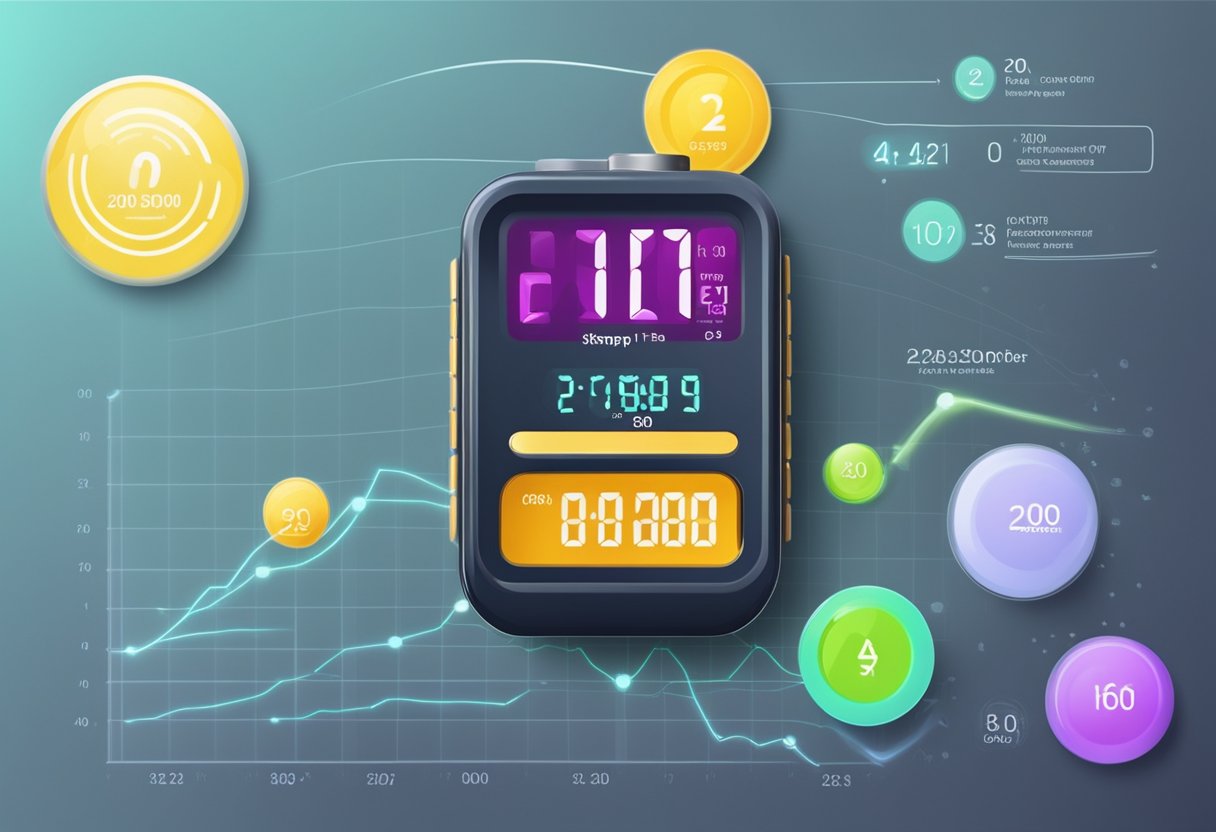Recognizing High Blood Pressure: Key Signs and Symptoms
Understanding how to recognize high blood pressure (hypertension) can be vital for your health. This article explores the ways to identify hypertension effectively.

Understanding High Blood Pressure
High blood pressure, or hypertension, is often termed as a silent killer because it frequently presents with little to no symptoms. Recognizing the signs of high blood pressure is crucial for timely intervention.
Key Symptoms to Look For
While many individuals may not experience noticeable symptoms, there are some signs that could suggest elevated blood pressure:
- Headaches: Frequent or severe headaches, especially if they seem intense and occur suddenly, can be a symptom of high blood pressure.
- Dizziness: Feelings of dizziness or lightheadedness might signal hypertension, especially if they are persistent.
- Nosebleeds: Unexpected and frequent nosebleeds can indicate a sudden spike in blood pressure.
- Shortness of Breath: Difficulty in breathing or feeling short of breath can correlate with high blood pressure conditions.
- Chest Pain: Any form of chest discomfort should be taken seriously as it could indicate heart problems related to hypertension.
- Visual Changes: Blurred vision or visual disturbances may arise when hypertension affects the blood vessels in the eyes.
- Fatigue: Unusual fatigue can sometimes be a sign of high blood pressure, particularly if combined with other symptoms.
Monitoring Blood Pressure
The best way to know if you have high blood pressure is to measure it using a blood pressure monitor. Here are tips for effective monitoring:
- Regular Check-ups: Visit your healthcare provider regularly for blood pressure assessments.
- Home Monitoring: Invest in a reliable home blood pressure monitor and check your blood pressure at different times throughout the day.
- Record Keeping: Keep a log of your readings to identify patterns or changes over time.
Understanding the Risk Factors
Certain factors can increase your risk of developing high blood pressure. Being aware of these can help you understand your personal risk:
- Family History: A family history of hypertension can make you more susceptible.
- Age: Blood pressure tends to increase with age.
- Lifestyle Choices: Poor diet, physical inactivity, and excessive alcohol consumption can contribute to hypertension.
- Weight: Obesity is a significant risk factor for high blood pressure.
- Stress: Chronic stress may lead to temporary increases in blood pressure.
When to Seek Medical Help
If you experience any of these symptoms, it's essential to consult a healthcare professional:
- Severe Headaches: If headaches are debilitating and frequent.
- Persistent Dizziness: Especially if accompanied by fainting.
- Chest Pain: Any form of irregular chest pain should be considered an emergency.
Conclusion
Recognizing high blood pressure is pivotal for preventing serious health issues. While symptoms can be subtle or absent, keeping an eye on your health and regularly monitoring your blood pressure is the best strategy. Awareness, proactive measures, and timely healthcare engagement are key to managing and preventing hypertension effectively.
New posts

Effective Strategies to Lower Blood Pressure
Fitness

Navigating Low Blood Pressure and High Pulse: Key Insights
Wellness

Combatting Fatigue from Low Blood Pressure: Causes and Solutions
Lifestyle

Understanding Normal Pulse Rates: What Is a Normal Pulse?
Fitness

Low Blood Pressure and Trembling: Understanding the Connection
Wellness

Understanding Ruhepuls 45: The Ideal Resting Heart Rate for Your Health
Fitness

Understanding Pulsdruck: Key Insights into Your Blood Pressure Dynamics
Wellness

Understanding Ruhepuls 60: A Guide to Optimal Heart Rate
Fitness

Understanding Low Blood Pressure at Night: Causes, Symptoms, and Management
Wellness

Understanding Normal Pulse Pressure: What You Need to Know
Lifestyle
Popular posts

Understanding Low Diastolic Blood Pressure: Causes and What to Do
Wellness

Understanding Low Diastolic Blood Pressure: Causes, Risks, and Management
Wellness

Understanding the Ruhepuls Tabelle: A Comprehensive Guide
Fitness

Understanding Puls Unter 60: When Low Heart Rates Become Concerning
Fitness

Understanding Low Blood Pressure Symptoms in Men
Wellness

Understanding Normal Pulse Pressure: What You Need to Know
Lifestyle

Understanding Wrist Blood Pressure Monitoring: A Comprehensive Guide
Wellness

Understanding Ruhepuls 50: What It Means for Your Heart Health
Fitness

Understanding Low Blood Pressure and Its Effect on Vision Disturbances
Health

Understanding Herzfrequenz 60: Significance and Implications
Fitness